The Power of Aesthetic Design in Building a Memorable Brand
Aesthetics in branding refers to
the visual design elements that are used to create a brand's identity. This
includes things like the logo, color scheme, typography, and any other visual
elements that are used to represent the brand.
The importance of aesthetics in branding cannot be overstated. A brand's visual identity is often the first thing that people notice about it, and it can have a big impact on how the brand is perceived. A well-designed visual identity can help to establish trust and credibility with customers, while a poorly designed one can have the opposite effect.
Aesthetics also play a key role in creating a cohesive brand identity. When all of the visual elements of a brand work together in a harmonious way, it creates a sense of consistency and professionalism that can help to differentiate the brand from its competitors. In the rest of this blog post, we'll explore the key elements of aesthetics in branding and how they can be used to create a cohesive and effective visual identity for your brand.
Importance of Understanding the Target Audience
Knowing the target audience is essential at the start because it helps businesses create a brand aesthetic that appeals to their customers. Social media is a powerful tool for businesses to connect with their target audience, and a well-designed brand aesthetic can help businesses stand out in a competitive market. Understanding the target audience's needs, preferences, and behaviors can help businesses develop a brand aesthetic that appeals to them.
To identify the target audience, businesses should start
by analyzing the demographics, interests, and behaviors of their current
customers. This information can be gathered through surveys, social media
analytics, and customer feedback. Once the target audience is identified,
businesses can develop a brand aesthetic that resonates with their customers.
When developing an aesthetic for the target audience,
businesses should consider factors such as color, design, and imagery. These
elements should be attention-grabbing and align with the target audience's
preferences and needs. The use of font styles and sizes should also be
considered to ensure that the brand aesthetic is consistent across all branding
materials.
Creating a cohesive brand identity
Creating a cohesive brand identity is
crucial for any business looking to establish a strong presence in their
industry and connect with their target audience. A brand identity is the visual
representation of a company's values, mission, and personality, communicated
through various elements such as logo, color scheme, typography, and imagery.
The Importance of Brand Identity
A strong brand identity helps to differentiate a business
from its competitors and build trust with customers. It conveys a sense of
professionalism, consistency, and reliability, which can enhance customer
loyalty and increase brand recognition. A cohesive brand identity also helps to
establish a clear and consistent message across all marketing channels,
including social media, print, and digital advertising.
Elements of Brand Identity
Creating a cohesive brand identity involves the careful
selection and integration of various elements. These elements may include:
Logo: A recognizable symbol that represents the brand and
its values.
Color palette: A set of colors that are used consistently
across all marketing materials.
Typography: The font(s) used in all brand communications,
including website copy, social media posts, and printed materials.
Imagery: The use of consistent visuals, such as photographs
or illustrations, that reflect the brand's personality and message.
Factors to Consider when Developing a Cohesive Brand Identity
To develop a cohesive brand identity through aesthetics, it is important to consider the following factors:
Audience: The target audience should be taken into
consideration when developing a brand identity. The elements used should
resonate with the audience and communicate the brand's values in a way that is
relevant to them.
Consistency: All elements of the brand identity should be
consistent throughout all marketing channels. This means that the logo, color
scheme, typography, and imagery should be used consistently in all
communications.
Simplicity: A simple and clean design is often more
effective in communicating a brand's message than a cluttered or complicated
design.
Flexibility: A well-designed brand identity should be flexible enough to adapt to various marketing channels and communication needs while still maintaining its core elements.
By carefully selecting and integrating the various elements of a brand identity, businesses can create a consistent and recognizable image that communicates their values and personality effectively.
Consistency In Design
Consistency in design is crucial in creating a strong brand
identity. It refers to maintaining a uniform look and feel across all brand
elements, including the logo, typography, color palette, and imagery.
Consistency creates a sense of familiarity and reliability for customers,
making it easier for them to recognize and remember the brand.
For example, Coca-Cola has maintained a consistent design for over a century. Its iconic logo, red and white color scheme, and distinctive bottle shape have become synonymous with the brand.
Apple is another example of a brand with a consistent design. From its sleek and minimalist packaging to its simple and intuitive user interface, every aspect of Apple's design is consistent with its brand identity.
Consistency in design also extends beyond visual elements. It includes the tone of voice and messaging used in brand communications. For instance, Nike's "Just Do It" tagline has been used consistently across all its advertising campaigns for over three decades. This consistency has helped to reinforce Nike's brand identity and values.
In addition to creating a strong brand identity, consistency in design also makes it easier for brands to expand into new markets and product categories. For example, when Starbucks expanded its product line to include food items, it maintained a consistent design across all its stores and packaging, making it easy for customers to recognize and associate the brand with quality products.
Brands that have maintained a consistent design over time
have become household names, making it easier for customers to recognize and
remember them.
Role Of Aesthetics In User Experience
The aesthetic design of your brand can affect how users perceive your brand's value, credibility, and overall quality. A strong and consistent aesthetic can help your brand stand out from the competition and make a lasting impression on users.
One of the ways in which aesthetic design can impact user
experience is through the use of color. Color can be used to trigger specific
emotions and associations in users, which can be leveraged to create a more
positive user experience. For example, blue is often associated with trust and
reliability, while red can be associated with excitement or danger.
Another important aspect of aesthetic design is typography.
The right choice of font can help to create a cohesive brand identity and
establish a sense of professionalism and quality. It's important to choose
fonts that are legible and easy to read across all platforms and devices.
Visual elements such as imagery and icons also play a
crucial role in aesthetic design. These elements can help to convey complex
ideas and emotions in a visually appealing and memorable way. When designing
these visual elements, it's important to keep your audience in mind and choose
images that resonate with them.
Brands that have successfully adopted an aesthetic strategy to create a great user experience include Apple, Nike, and Airbnb. Nike with its iconic "swoosh" logo and Apple with its sleek and minimalist design aesthetic as was presented earlier.
In the beauty industry, Glossier is known for its minimalist and pastel-colored branding, which is reflected in its product packaging and website design.
Sephora also uses a consistent black and white color scheme and a clean, modern design aesthetic in its branding and website.
These companies have consistently used color, design, imagery, and messaging to create a strong brand identity that resonates with their customers.
Overall, a well-designed aesthetic strategy is critical for any business looking to establish a strong presence in its industry and connect with its target audience. By using color, typography, imagery, and other visual elements, you can create a brand identity that resonates with users and helps to build trust and credibility over time.
In conclusion, a cohesive brand identity is essential for any business looking to establish a strong presence in its industry and connect with its target audience. By carefully selecting and integrating the various elements of aesthetic designing into their brand identity, businesses can create a consistent and recognizable image and user experience that communicates their values and personality effectively.
👆👍



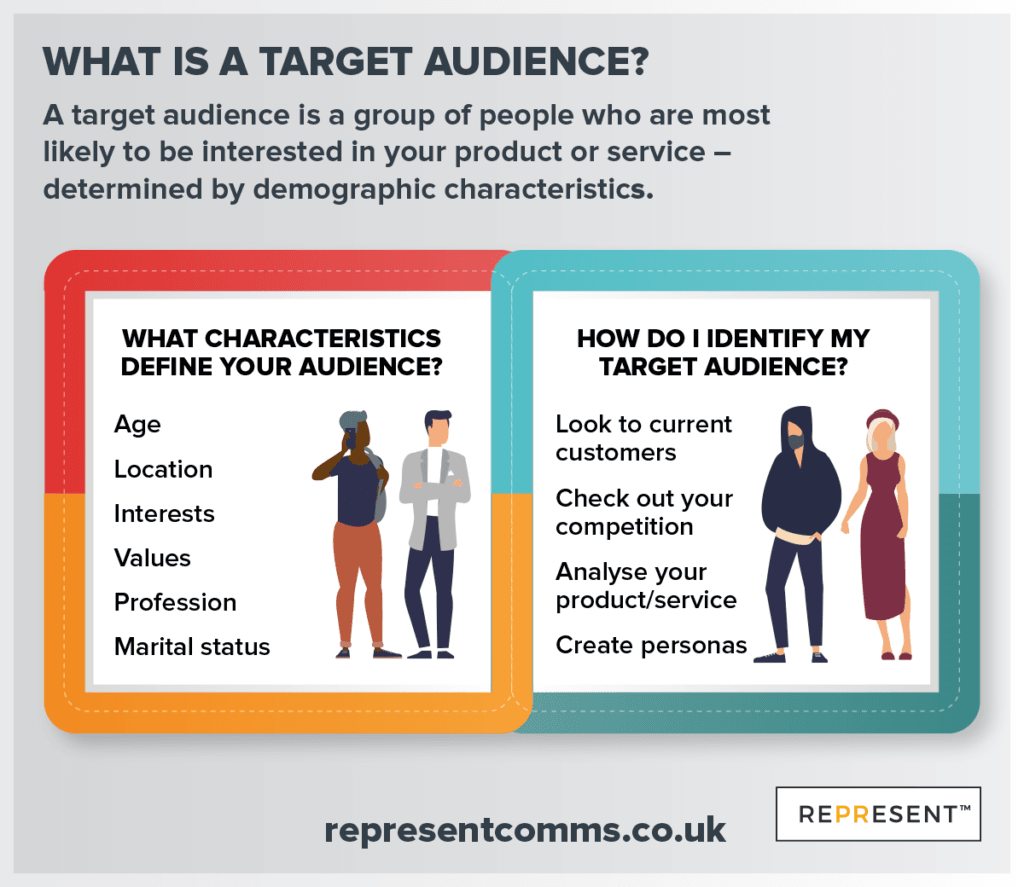
:max_bytes(150000):strip_icc()/brand-identity.asp-final-a21dbe72033f4586a40fb6b571a46f68.png)







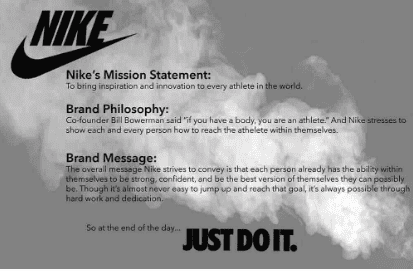


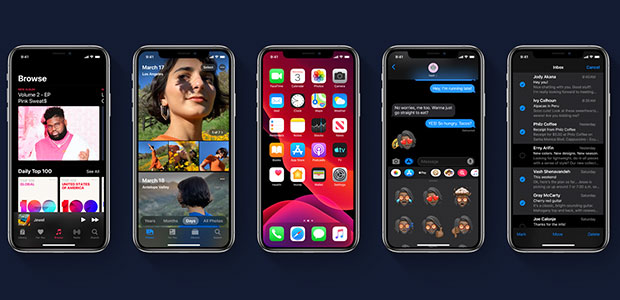


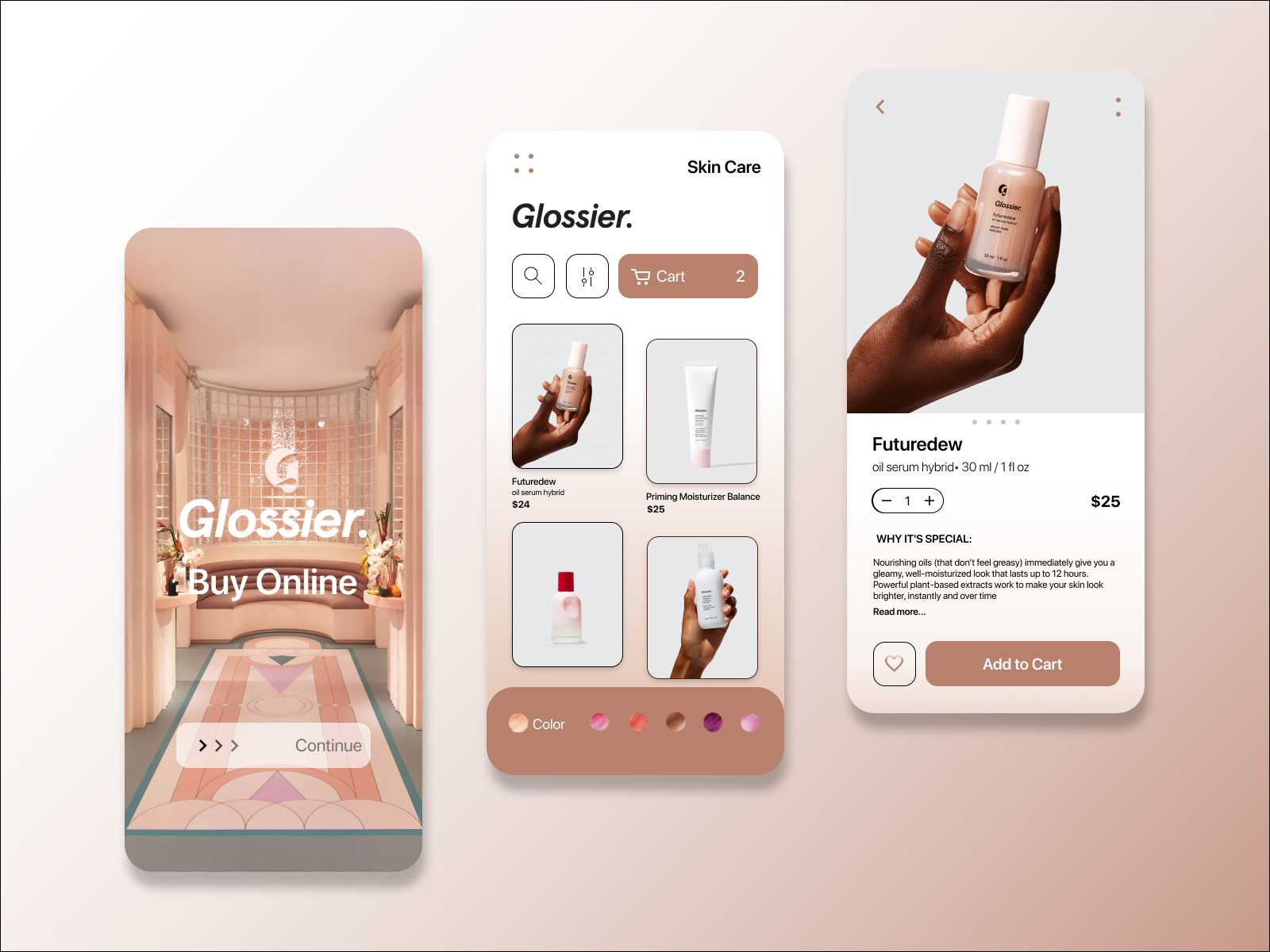

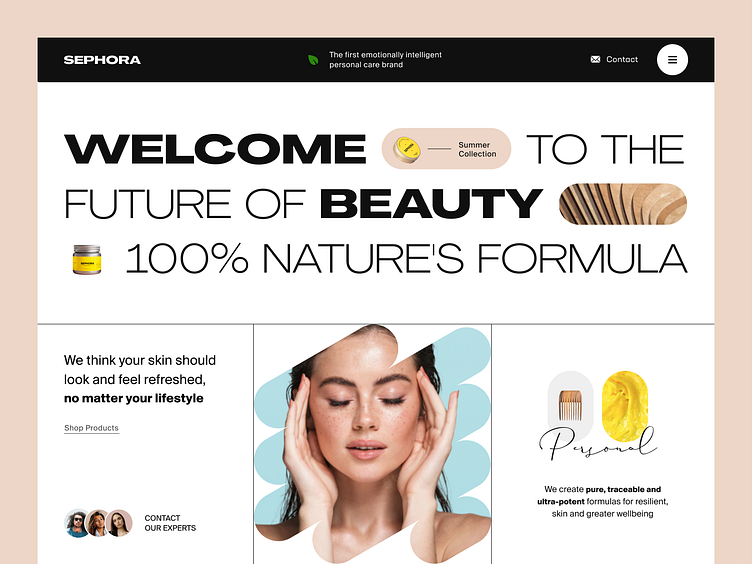

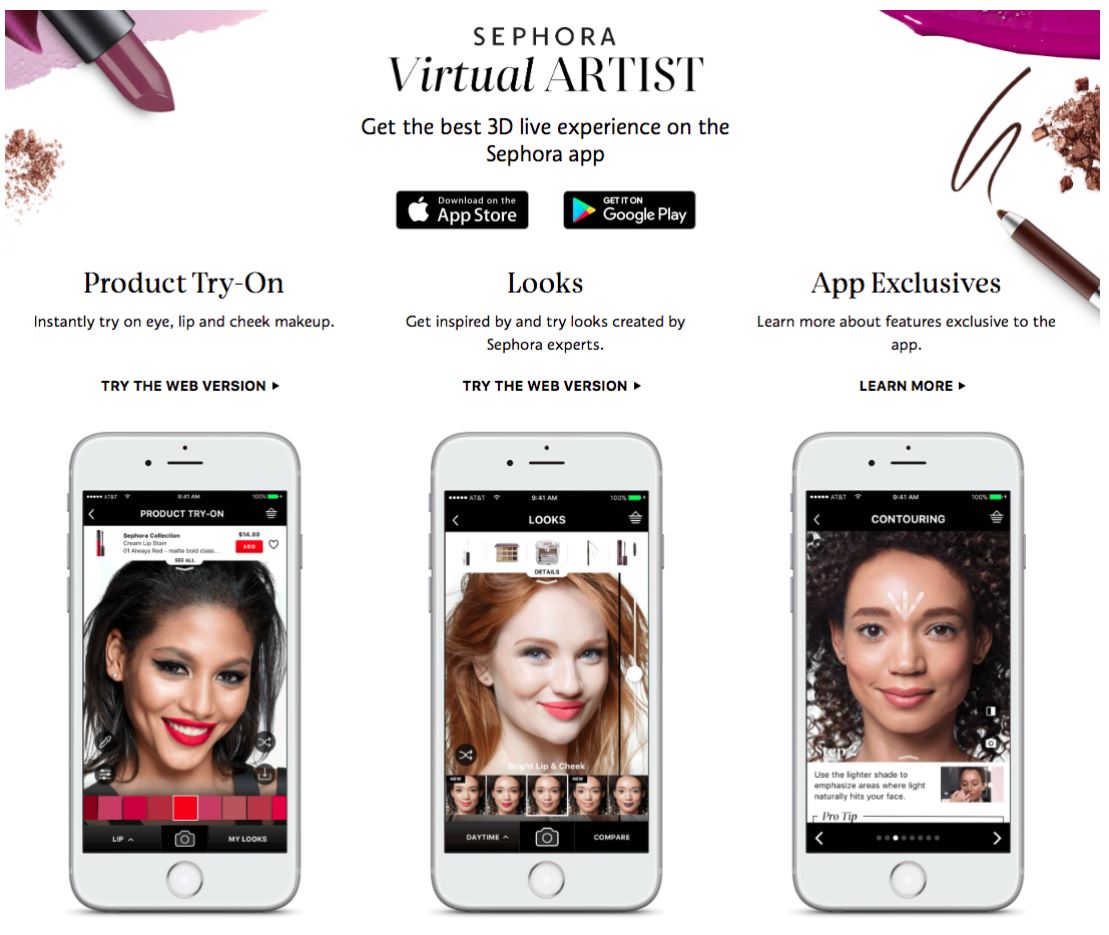

Comments
Post a Comment